The Ultimate Guide To Different Hydrangeas
The Ultimate Guide to Different Hydrangeas
Hydrangeas are some of the most popular flowering shrubs in the world. They come in a wide variety of shapes, sizes, and colors, making them a versatile addition to any garden. In this guide, we will discuss the different types of hydrangeas, how to care for them, and how to choose the right hydrangea for your garden.
Types of Hydrangeas
There are many different types of hydrangeas, but they can be divided into four main categories: bigleaf hydrangeas, panicle hydrangeas, smooth hydrangeas, and oakleaf hydrangeas.
- Bigleaf hydrangeas (Hydrangea macrophylla) are the most common type of hydrangea. They are known for their large, round flower heads that can be blue, pink, or white. Bigleaf hydrangeas are hardy in zones 5-9.
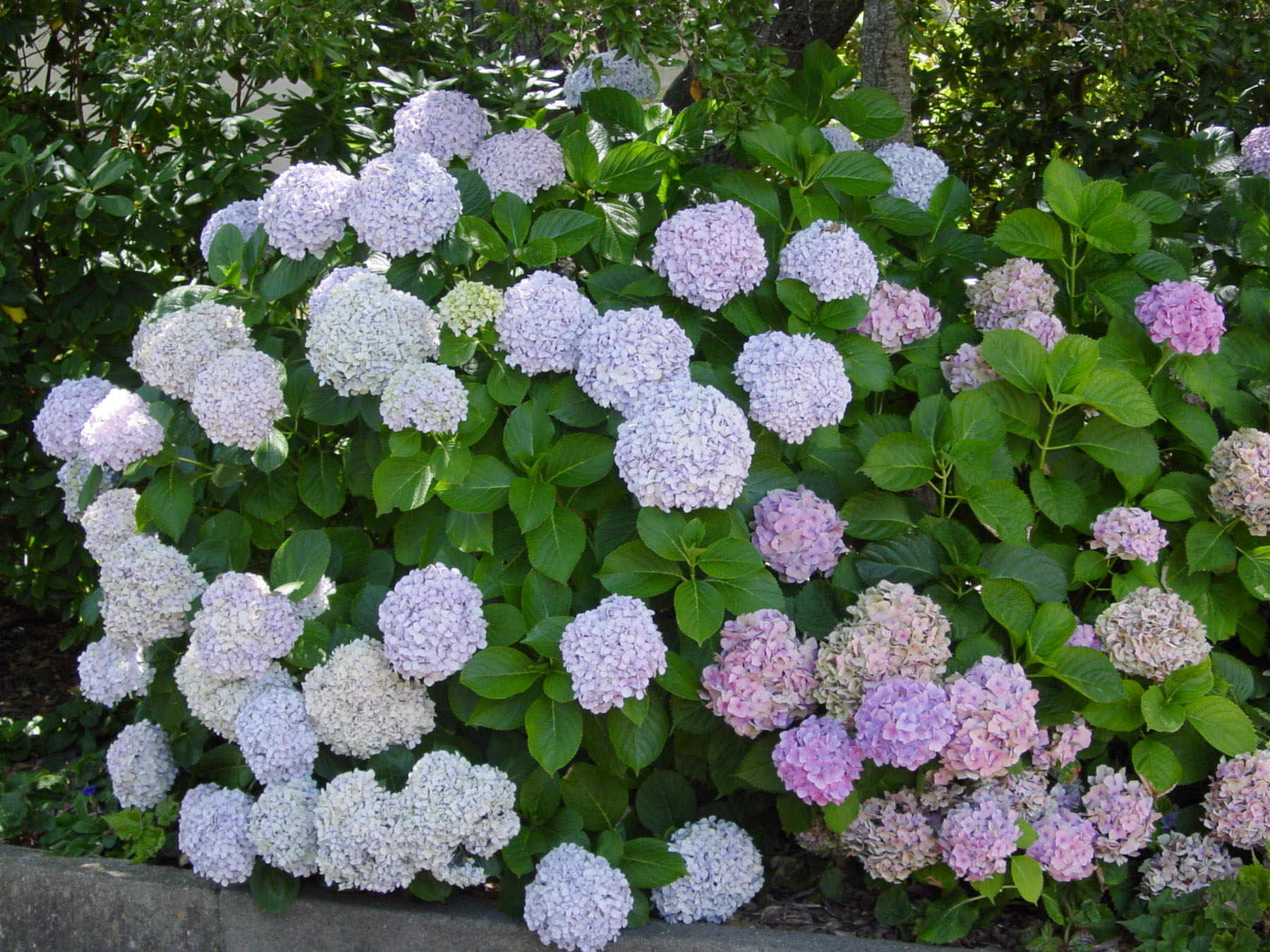
- Panicle hydrangeas (Hydrangea paniculata) are known for their long, cone-shaped flower clusters. They can be white, pink, or blue, and they bloom in late summer or early fall. Panicle hydrangeas are hardy in zones 3-8.
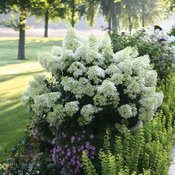
- Smooth hydrangeas (Hydrangea arborescens) are small, bushy shrubs that are known for their white flowers. They bloom in early summer, and they are hardy in zones 3-8.

- Oakleaf hydrangeas (Hydrangea quercifolia) are large, deciduous shrubs that are known for their oak-shaped leaves and their white, pink, or blue flowers. They bloom in late summer or early fall, and they are hardy in zones 4-8.
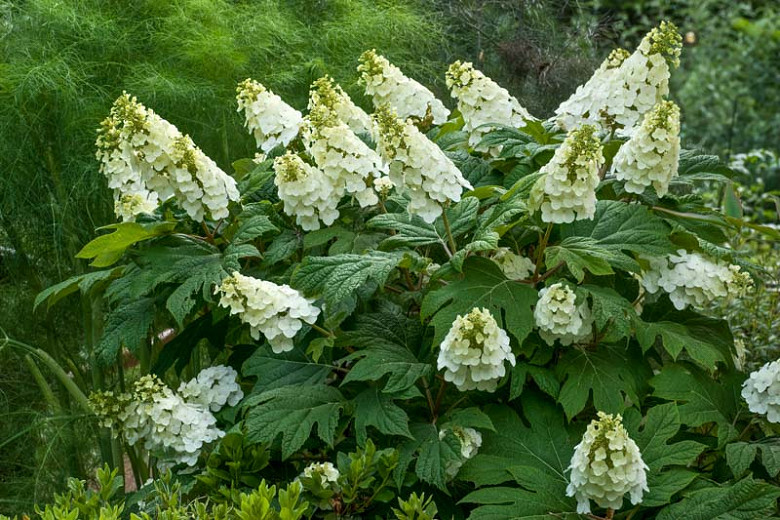
Caring for Hydrangeas
Hydrangeas are relatively easy to care for, but there are a few things you need to keep in mind. First, hydrangeas prefer full sun to partial shade. Second, they need moist, well-drained soil. Third, they should be fertilized in the spring and fall.
Choosing the Right Hydrangea for Your Garden
When choosing a hydrangea for your garden, there are a few factors you need to consider, such as the size of the plant, the color of the flowers, and the hardiness zone. If you have a small garden, you will want to choose a smaller variety of hydrangea. If you want blue flowers, you will need to plant a hydrangea in acidic soil. And if you live in a cold climate, you will need to choose a hardy variety of hydrangea.
Conclusion
Hydrangeas are beautiful and versatile plants that can add a touch of elegance to any garden. With a little care, hydrangeas will thrive for many years to come.
Hydrangeas are beautiful flowers that come in a variety of colors, making them a popular choice for gardens and bouquets. If you're interested in learning more about different hydrangeas, I recommend visiting . This website has a wealth of information about hydrangeas, including their history, care, and cultivation.
On , you can find information about different hydrangea species, such as bigleaf hydrangeas, mountain hydrangeas, and lacecap hydrangeas. You can also learn about the different factors that affect hydrangea flower color, such as soil pH and the amount of sunlight the plant receives.
In addition to providing information about hydrangeas, also offers tips on how to care for these plants. You can learn about how to water, fertilize, and prune hydrangeas, as well as how to protect them from pests and diseases.
Whether you're a beginner gardener or an experienced horticulturist, is a great resource for learning more about hydrangeas. So what are you waiting for? Visit today!
FAQ of different hydrangeas
1. What are the different types of hydrangeas?
There are many different types of hydrangeas, but some of the most common include:
- Mophead hydrangeas: These hydrangeas have large, round flower heads that are typically blue, pink, or white.
- Panicle hydrangeas: These hydrangeas have tall, cone-shaped flower clusters that are typically white, pink, or red.
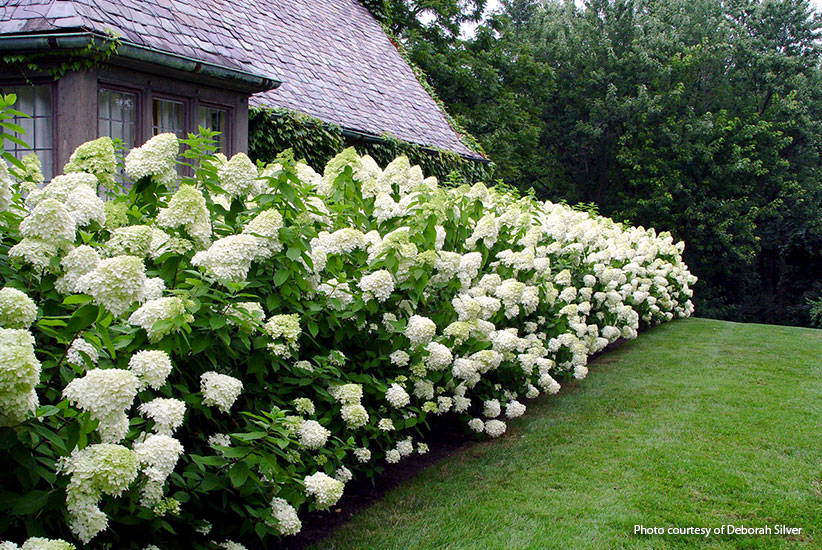
- Smooth hydrangeas: These hydrangeas have small, flat flower heads that are typically white or pink.

- Oakleaf hydrangeas: These hydrangeas have large, lobed leaves and small, white or pink flower heads.
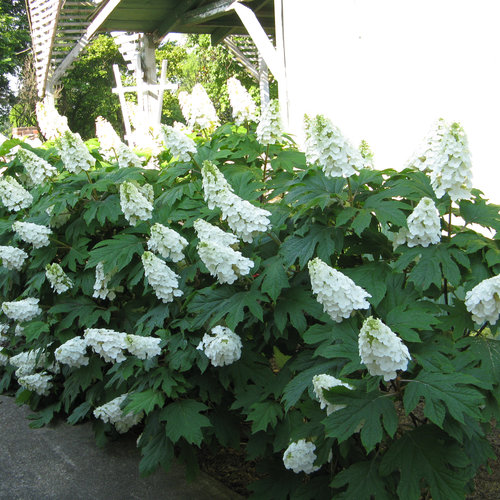
- Mountain hydrangeas: These hydrangeas bloom first on old wood in early to midsummer. Reblooming varieties form more flower buds on new growth and bloom a second time that season.
2. How do I choose the right hydrangea for my garden?
When choosing a hydrangea for your garden, there are a few factors to consider, such as:
- The climate in your area: Hydrangeas are hardy in USDA zones 3-9, but some varieties are more cold-hardy than others.
- The amount of sunlight your garden gets: Hydrangeas need full sun to partial shade.
- The size of your garden: Hydrangeas can grow to be quite large, so it's important to choose a variety that will fit in your space.
- The color of hydrangeas you prefer: Hydrangeas can bloom in a variety of colors, so choose a variety that you love.
3. How do I care for hydrangeas?
Hydrangeas are relatively easy to care for, but they do need some basic care. Here are some tips:
- Water hydrangeas regularly, especially during hot, dry weather.
- Fertilize hydrangeas in spring with a balanced fertilizer.
- Prune hydrangeas in late fall or early spring.
- Protect hydrangeas from winter cold by covering them with a burlap sack or other protective material.
4. How do I change the color of my hydrangeas?
The color of hydrangeas is affected by the pH of the soil. In acidic soil, hydrangeas will bloom blue. In alkaline soil, hydrangeas will bloom pink. You can change the color of your hydrangeas by adjusting the pH of the soil.
- To make your soil more acidic, add peat moss or sulfur to the soil.
- To make your soil more alkaline, add lime to the soil.
5. How long do hydrangeas live?
Hydrangeas are long-lived shrubs, sometimes living for up to 50 years if properly cared for.
Image of different hydrangeas
5 different images of hydrangeas from Pinterest:
- Hydrangea macrophylla, also known as mophead hydrangea, is a popular variety that produces large, spherical flowers.

- Hydrangea paniculata, also known as panicle hydrangea, is a taller variety that produces flowers in cone-shaped clusters.
- Hydrangea serrata, also known as lacecap hydrangea, produces flowers with a lacy, delicate appearance.

- Hydrangea arborescens, also known as smooth hydrangea, is a hardy variety that is well-suited for growing in colder climates.
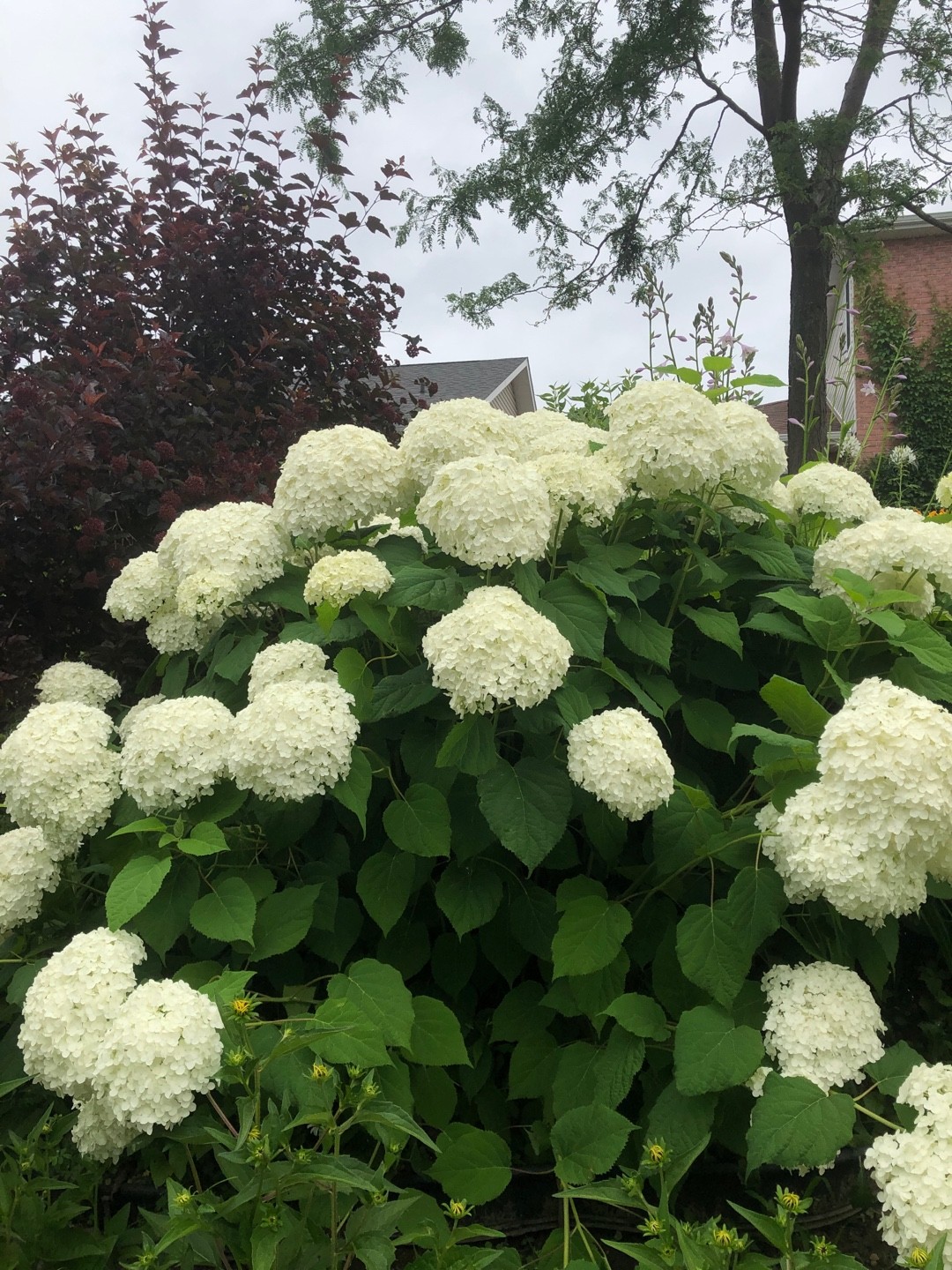
- Hydrangea quercifolia, also known as oakleaf hydrangea, is a unique variety that produces flowers that resemble oak leaves.

Post a Comment for "The Ultimate Guide To Different Hydrangeas"